1965 Impala Hell Project, Part 19: The Road Not Taken, Final Photo Session

After getting the car to run 13s in the quarter-mile with the new engine, I found myself— at age 33— in a sort of “what am I doing with my life?” period of agonizing reappraisal. Ten years of the Impala Hell Project absorbing most of my creative horsepower, and what had I really accomplished with all that work?
By this point (late 1999) I’d blundered into a fairly successful career as a technical writer and (thanks to the dot-com boom) was raking in good money— such a contrast to my starving, couch-surfing lifestyle of the early 1990s. In my mid-20s, the idea was that I’d work whatever jobs I could and write novels as my “real” work. However, even with a thousand pages of notes and outlines, I couldn’t get the fiction projects really rolling… and then the Impala project was always there, hungry for my time and more fun to mess with than a keyboard. Meanwhile, my wife— who had been a teenage runaway and high school dropout— had started law school at a high-powered East Bay joint after 20+ years of of up-by-boostraps struggle, which intensified my sense that I’d made the easy choice too many times.
Also bugging me was the vague feeling that my love of wrenching on hooptie-ass cars had derailed me from what could have been a very interesting right-place-at-the-right-time career in the software business; at age 15 I’d picked up a Sinclair ZX81, learned BASIC in one all-nighter, and wrote a series of dumb games (the only title I remember is “Tinhorn Dilemma,” a very slow side-scrolling bombs-dropping-on-blocky-animals game). By 16, I’d arm-twisted my parents into buying an Apple II Plus (which took real persistence during the early 1980s recession) and took to spending 48-straight-hour stretches writing code— Applesoft BASIC at first, then right into the hexadecimal world of 6502 processor machine language. I had no friends who were into this stuff, and 1982 was about a half-decade before you had any kind of computer classes in high school; everything I learned came from weird Xeroxed manuals I picked up at weird electronics stores in Berkeley. My big obsession during those days was to write a program that would generate rhyming poetry in a pure gibberish language of assembled syllables (I’d like to claim that I was inspired by the Talking Heads’ I Zimbra, but I didn’t discover that song until a couple years later), the sort of thing that was hard as hell if you’d never heard of a database and required all your code to fit on a single 5-¼” floppy disc.
I was on the same path that led a lot of Bay Area kids to later wealth and 200-proof creativity… but then I started messing around with cars. First, a 1969 Toyota Corona I got for 50 bucks. The amount of stuff to mess with you got with a car was incredible— take it apart, find junkyard parts, mess around with big satisfying slabs of metal and bundles of wires. It was the same sort of feeling I got from solving a code problem, but even more fascinating.
And cars were cheap! It wasn’t long before I had a truly wretched (but fast and Hurst Dual-Gate-equipped) ’67 GTO and the car that really got me hooked: an incredibly dangerous ’58 Beetle. I spent less and less time in front of the computer and more and more time spinning wrenches, hanging out with scurrilous car buddies, and lurking at various low-life Oakland junkyards. By the time I got to college, I retained enough code-writing ability to master FORTRAN with zero sweat for my engineering classes, but by then I’d made my choice at the fork in the road that led to Code Geekdom on one side and Car Freakdom on the other.
So, back to 1999: I’d put so much work and love into the Impala Hell Project that I felt an increasing sense of obligation to tell its story in some artistically fulfilling and— ideally— writing-career-enhancing manner. For that, I would need a full set of high-quality photographs of the car, shot in an ironic-yet-picturesque setting on Fujichrome Velvia.
So, I dragooned a friend with some decent photography skills, handed him my AE-1, and headed over to the recently-closed Alameda Naval Air Station.
Some of you may recognize this setting from my Fiat 500 Sport review in April. These days, the Area Formerly Known As Alameda Naval Air Station (AFKAANAS) is all full of businesses (including an outfit that makes damn good booze) and fairly well populated, but right after the Navy left it was a ghost town. Perfect for burnout photos!
And so that’s what I did. In fact, the western edge of the AFKAANAS was still technically on the San Francisco County side of the county borderline that crossed San Francisco Bay (said borderline being irrelevant during the period in which the landfilled-in-1940 base was federal property), which meant that the Alameda coppers couldn’t do squat about some primered-out beast’s Exhibition of Speed violations; they’d have to call the San Francisco cops, who would have to drive across the Bay Bridge and down the Nimitz Freeway, a 15-minute drive even with no traffic.
After a bunch of burnouts, I killed yet another junkyard TH350 transmission— the fourth or fifth since I’d built the new engine. the car still drove, but the tranny slipped like a sumbitch. I headed over to the hangers for some more still shots.
Man, I loved this car. What was I going to do with it? Next up: The End.
Introduction • Part 1 • Part 2 • Part 3 • Part 4 • Part 5 • Part 6 • Part 7 • Part 8 • Part 9 • Part 10 • Part 11 • Part 12 • Part 13 • Part 14 • Part 15 • Part 16 • Part 17 • Part 18 • Part 19 • Part 20

Murilee Martin is the pen name of Phil Greden, a writer who has lived in Minnesota, California, Georgia and (now) Colorado. He has toiled at copywriting, technical writing, junkmail writing, fiction writing and now automotive writing. He has owned many terrible vehicles and some good ones. He spends a great deal of time in self-service junkyards. These days, he writes for publications including Autoweek, Autoblog, Hagerty, The Truth About Cars and Capital One.
More by Murilee Martin
Latest Car Reviews
Read moreLatest Product Reviews
Read moreRecent Comments
- Redapple2 Like the color but would never buy. Gladiator? Love them. (but some say they drive super wonky?)
- Redapple2 Note to layman. Lifts change the resting angles of suspension components. Then add full length of travel in the duty cycle and now you are repeatedly doing things to the suspension was never design for. Failures are very common and fatal. Do it only if you are stupid.
- Redapple2 Stampings vs castings>? If you go casting, you ve entered one of the most complex corners of manufacturing. In aluminum? 30 different popular alloys. 8 Core methods. 10 Casting methods. 5+ Heat treat options. Then we can talk about what metal to make the mold out of. The layman has no idea how complicated this gets.
- BlackEldo Anal grotto is NOT going to be happy about that H/K engine quip...
- Tassos GOOD CAR GOOD PRICE. MILEAGE IS DECENT CONSIDERING HOW LONG HONDAS LAST. THUS SPOKE REAL TASSOS. BIDEN DOLLARS




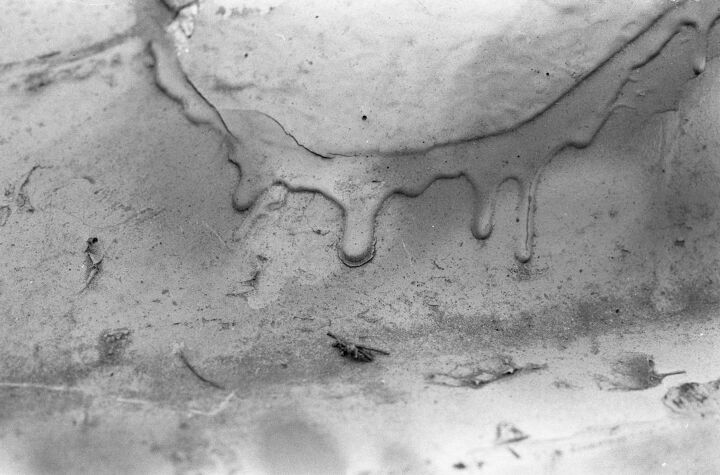































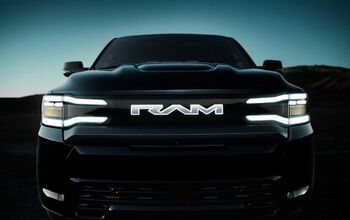

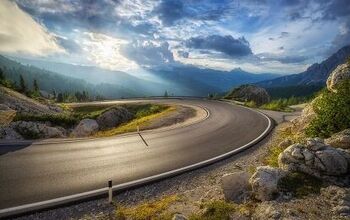
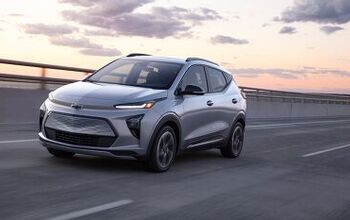
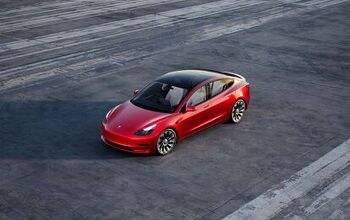
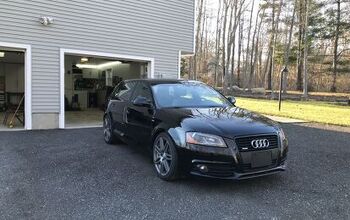
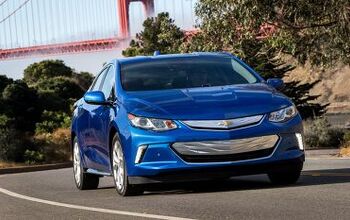
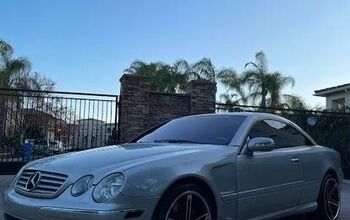
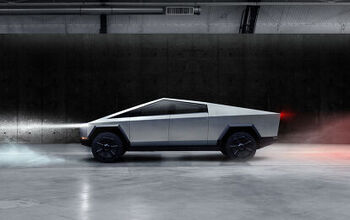
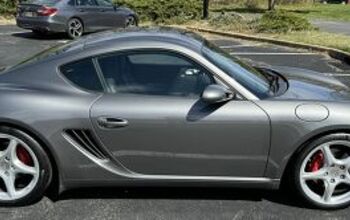
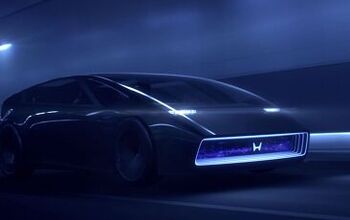
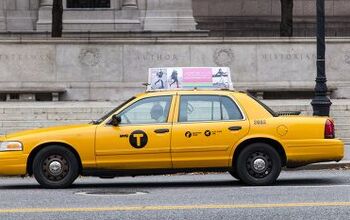
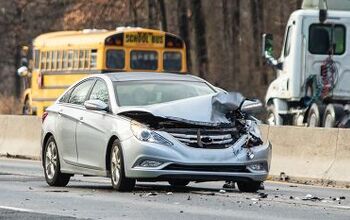
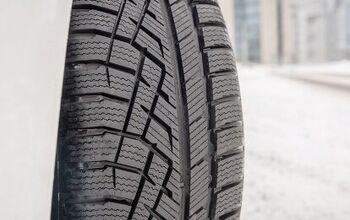
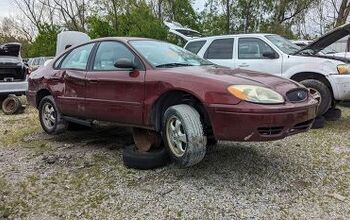
Comments
Join the conversation
I feel the same way about the priority of car projects, which is why I never started one until getting a good paying job. There's a difference between a hobby and an obsession. If I had started one earlier, it would have ended up on sale at a distressed price or scrapped due to lack of funds. If I had bought something other than a beater, it would have ended ruined because I would have been forced to do things like deliver mail in it, daily drive through salt, and not fix anything that wasn't absolutely necessary to keep it running (in fact, I was given a 1983 Honda in 2002 that was in perfect condition having been garaged that whole time, and that's exactly what happened to it).
I'm actually kind of sad to see the next post to be the end. I have enjoyed every post so far. Haha and the impala is still blowing transmission like a boss!